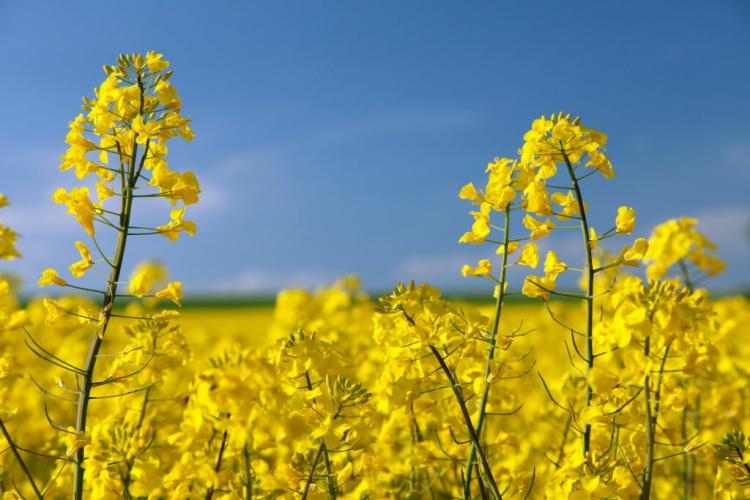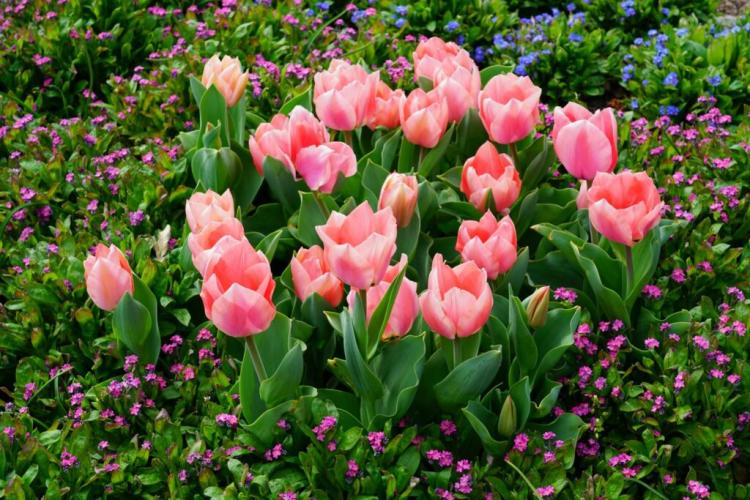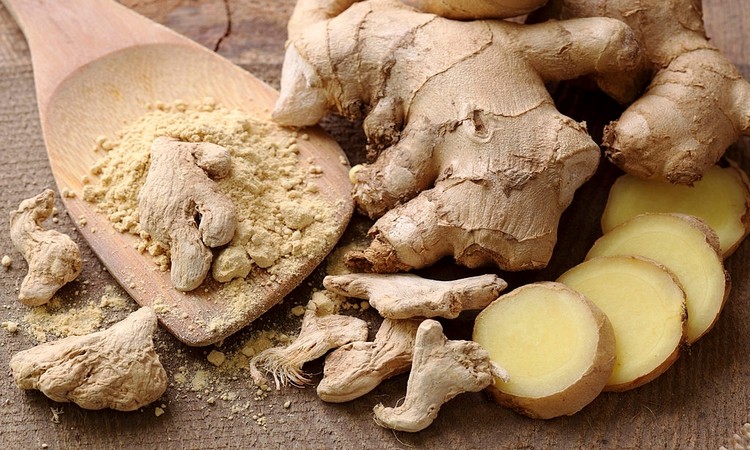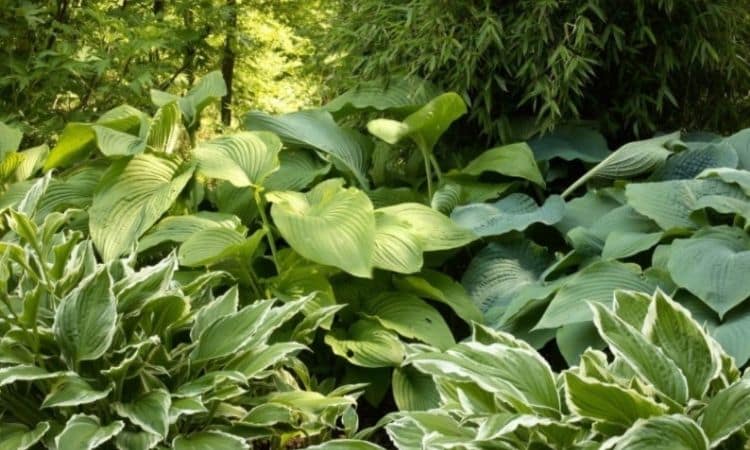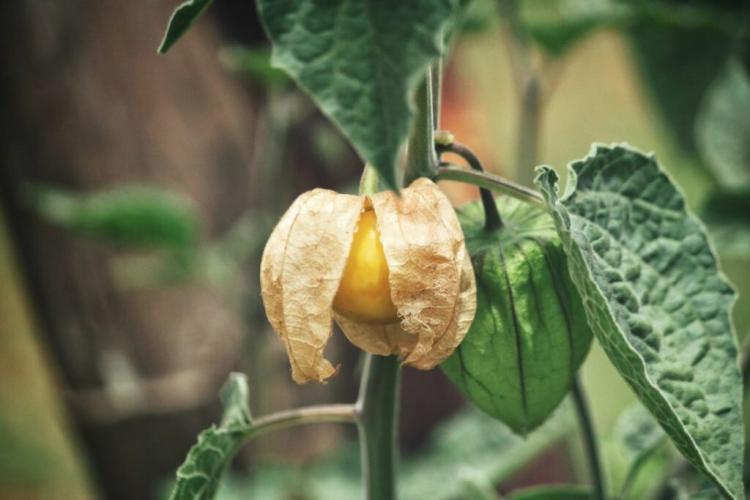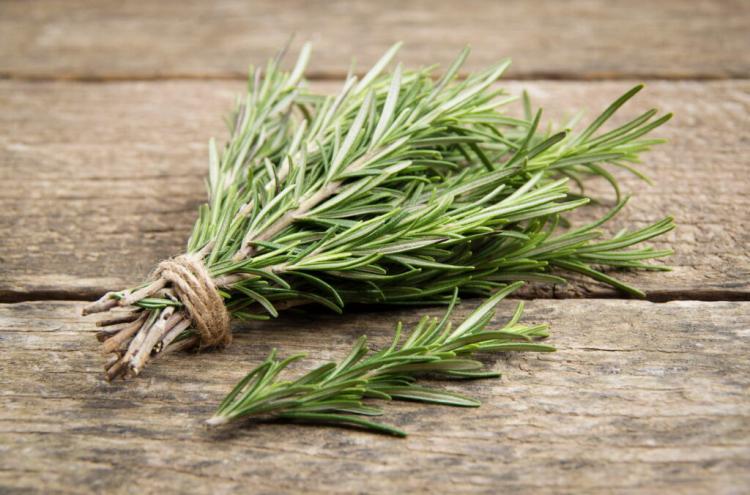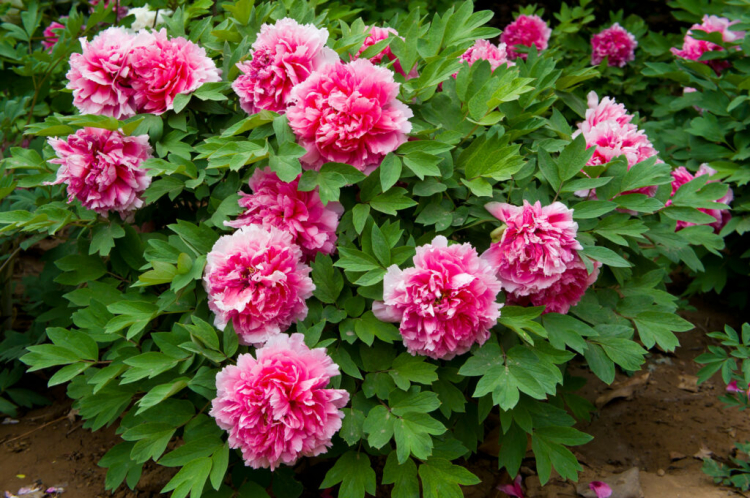Rapeseed: Tips For Cultivation As Green Manure In The Garden
Even if the cultivation of rapeseed is not worthwhile for hobby gardeners in terms of harvest, it can still be used as green manure. We explain how to do this. Most people only know rapeseed ( Brassica napus ) in the form of rapeseed oil or as yellow flowers in the fields in spring. However, very few people know that rapeseed can also be interesting for growing in one’s garden. The effort to grow rapeseed for harvesting is too high, but it is wonderfully suitable as green manure in the garden. We’ll tell you the advantages of rapeseed as green manure and how you can best grow and care for rapeseed in your garden.
Rapeseed
Table of Contents
Oilseed rape belongs to the cruciferous family ( Brassicaceae ), just like mustard ( Sinapis arvensis) and many types of cabbage such as kale ( Brassica oleracea var. Sabellica ) or broccoli ( Brassica oleracea var. Italic ). We grow rapeseed as an oil crop. Rapeseed oil is considered to be very healthy due to its high content of unsaturated fatty acids and its low cholesterol content.
We all enjoy rape the most in spring when whole swaths of land shine in the bright yellow of the rape blossom. Even if the cultivation of rapeseed is of great importance in agriculture, cultivation in your garden is hardly worthwhile. The yields are too low and the effort required to actually extract oil from your rapeseed is too high. The cultivation of rapeseed in the garden is much more worthwhile than green manure. Our article will tell you how best to incorporate it into your garden.
Rapeseed: origin and characteristics
Rapeseed is a cross between turnip rape ( Brassica rapa ) and wild cabbage ( Brassica oleracea ). Because of its high oil content, it has been valued and cultivated for centuries. It is said that the Romans already cultivated rapeseed. Rapeseed originates from the eastern Mediterranean and was grow for the production of edible and lamp oil. From the 17th century onwards, the cultivation of rapeseed increased more and more as the demand for lamp oil increased. At that time, rapeseed, together with the closely related turnip rape, became the most important oil crop in the USA.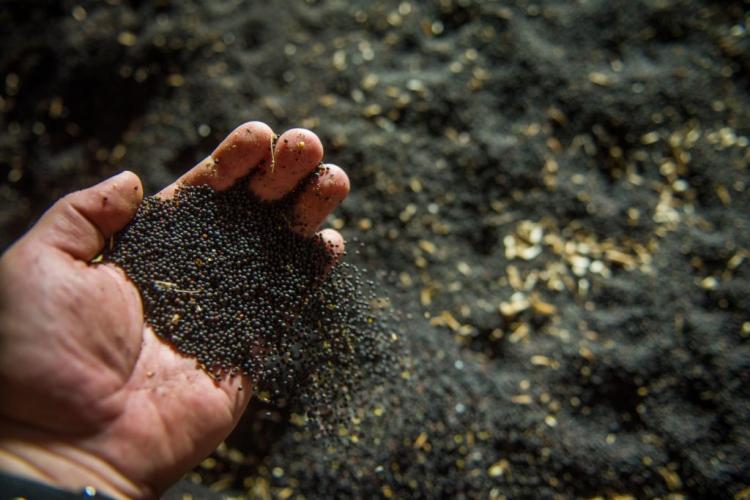
Oilseed rape is an annual or biennial herbaceous plant with an upright, branched stem. It can reach a height of 30 to 150 centimeters. Oilseed rape blooms bright yellow and the flowers can either be self-fertilized or be fertilized by insects. Pods develop from the flowers, in which 12 to 20 seeds form. The dark brown to black seeds are round and 1.5 to 2.5 millimeters in diameter. The seeds of the rapeseed can contain up to 40% oil. The rapeseed oil is extracted from them after the harvest.
You May Also Like Turnip Companion Planting
Canola varieties
In the case of commercially grown oilseed rape, the most important factors when choosing the variety are the oil composition and the oil yield of the seeds. When growing rapeseed as green manure, however, the oil content is negligible. A distinction is made here between winter and summer varieties. Winter rape has the advantage that it stays on the bed through the winter and the earth is covered in this way. This prevents erosion, for example. Winter oilseed rape is particularly suitable as green manure, a few vegetables are grown in the garden during the cold season and the beds are otherwise mostly fallow.
Summer rape is sown in spring. If you want to use the bed for growing vegetables in summer, the rape only has a short time to develop, but summer rape will also have positive effects as green manure. Whether you choose winter or summer rape as green manure depends on your personal cultivation plan and crop rotation. Depending on when the rape fits in your bed, it is grown.
The winter rape varieties include, for example, these: ‘Attila’ , ‘Akela’ , ‘Bishop’ , ‘Bristol’ , ‘Edita’ .

Buying rapeseed: what you should pay attention to
When buying rapeseed, the main thing you should pay attention to is the variety. Because depending on whether you want to grow your green manure in summer or winter, summer or winter rape varieties are suitable. You can find rapeseed seeds in garden centers, nurseries, or on the Internet.
Grow rapeseed as green manure
Green manure refers to the cultivation of plants that help improve the soil, the nutrient balance, the soil structure, and the water balance in the soil. The green manure is grown before or after the actual field crop and is not harvested, but worked into the soil or left in it so that it freezes off. The nutrients remain in the field or bed and are not removed.
Advantages of rapeseed as a green manure
Growing rapeseed as green manure has many advantages: The deep taproots of rapeseed loosen the soil and thus counteract compaction. In addition, the good rooting of the plant improves the soil structure and thus also the water retention capacity and the aeration of the soil. Because the organic matter of the rape remains on the bed and is not removed, the soil is enriched with humus. This improves soil fertility and promotes soil life. With the remaining parts of the plant, nutrients are also brought into the soil by the rape – above all sulfur, nitrogen, and potassium. Finally, the cultivation of rapeseed as green manure also ensures that the soil is covered. This protects the earth from drying out and from erosion.
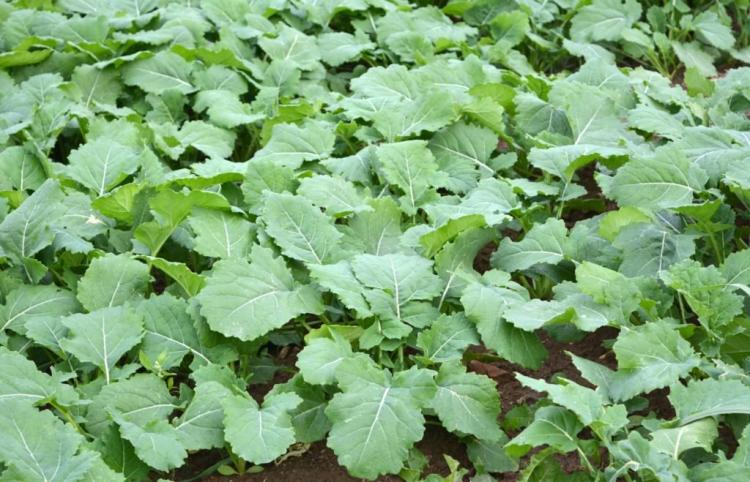
When is rapeseed used as green manure?
Oilseed rape can be grown either as a previous crop or as a post-crop for the planned crop. In addition, rapeseed can be cultivated as a winter or summer crop. So when you grow rapeseed as green manure in your garden depends entirely on your preferences and plans. As a rule of thumb, you should note that rapeseed should only be used as green manure for plants from a plant family other than the cruciferous family.
The correct sowing time is of course different between summer and winter rape: Summer rape should be sown as early as possible so that it can develop sufficiently. The best time to sow summer rape is between the beginning and the middle of March. In the case of winter rape, sowing should take place in the second half of August, and you should have sown your rape by the beginning of September at the latest. Rapeseed is frost-tolerant down to -20 ° C.
Procedure for growing rapeseed as green manure
Oilseed rape can be sown directly in the bed, you do not have to prefer it. To do this, prepare the seedbed so that it is free of weeds and crumbly. Rapeseed needs deep soil and a pH value of 6.5. Once the seedbed has been prepared, the grains are placed at a depth of one to two centimeters, with a row spacing of 13 centimeters. The seed density of summer rape is 100 to 120 seeds per square meter. With winter rape you only need 60 to 90 grains of seeds for this area. After sowing, the grains are lightly covered with earth and poured on.
Summary: growing rapeseed as a green manure:
- Deep ground
- pH value: 6.5
- Fine crumbly and weed-free seedbed
- Sowing depth: 1 – 2 cm
- Row spacing 13 cm
- Seed density: 100 – 120 seeds / m² for summer rape; 60 – 90 grains / sqm for winter rape
- Cover the grains lightly with soil
- Pouring on
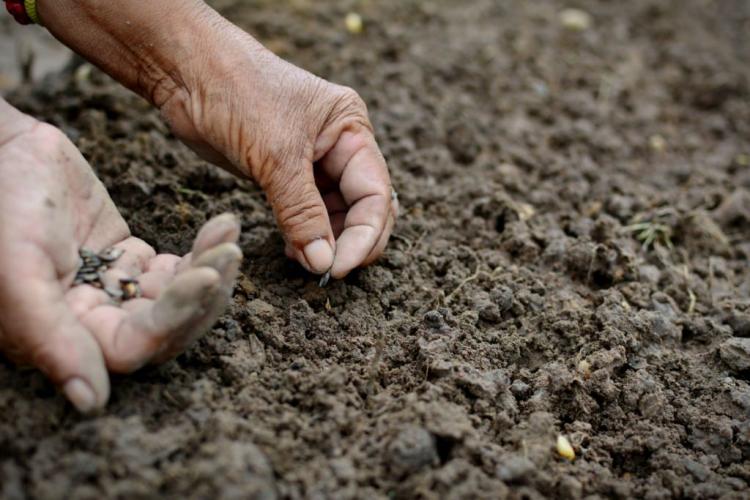
Maintain rapeseed
Your rapeseed needs sufficient moisture, especially after sowing. If it doesn’t rain enough, you should water your canola regularly. The same applies to the hot summer months. Winter rapeseed no longer needs to be watered as soon as it gets cooler and rains more often. Before the rows are closed, i.e. before the rows are completely overgrown with rape, you should also regularly remove the weeds and rake in the rows.
This combats unwanted weeds and grasses and loosens the soil. For the oil-rich seeds of rapeseed to develop properly, the heavy-duty rapeseed must be sufficiently fertilized. Since the oil yield is not as important when growing rapeseed as green manure, fertilization is superfluous. Rather, the rape itself should serve as fertilizer and nutrient supplier for the next crop.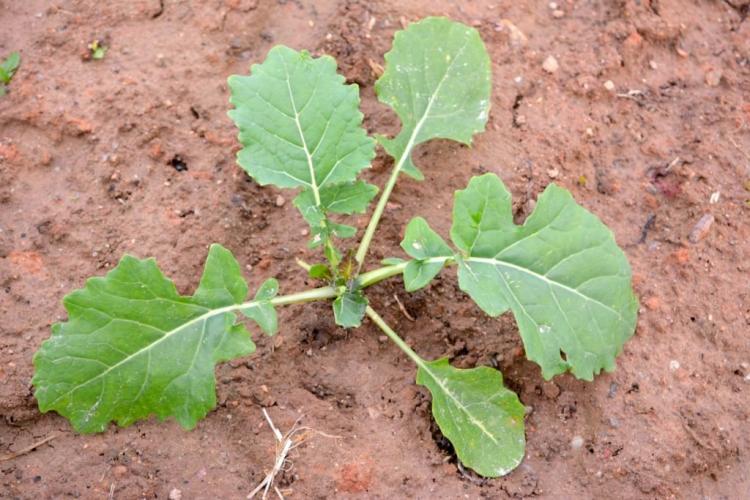
Harvest rapeseed and use it as a green manure
Rapeseed as green manure is not harvested but worked into the soil. With winter rape, this is the case in spring. If summer rape has been sown as early as possible, it can be dug up in early summer. However, the rape should definitely be dug up before seeds have formed. Before you work the rapeseed into the soil, you should remove all unwanted weeds so that they do not remain on the bed. Next, chop up the plants with a sharp spade. Then the crushed parts of the plant are mixed with a digging fork or your hands. Finally, dig up the entire bed on which the green manure stood, about as deep as a spatula. In this way, the rapeseed is worked well into the soil. Now you should let the area rest for at least a week before replanting it. This will give the green manure enough time to rot in the soil.
